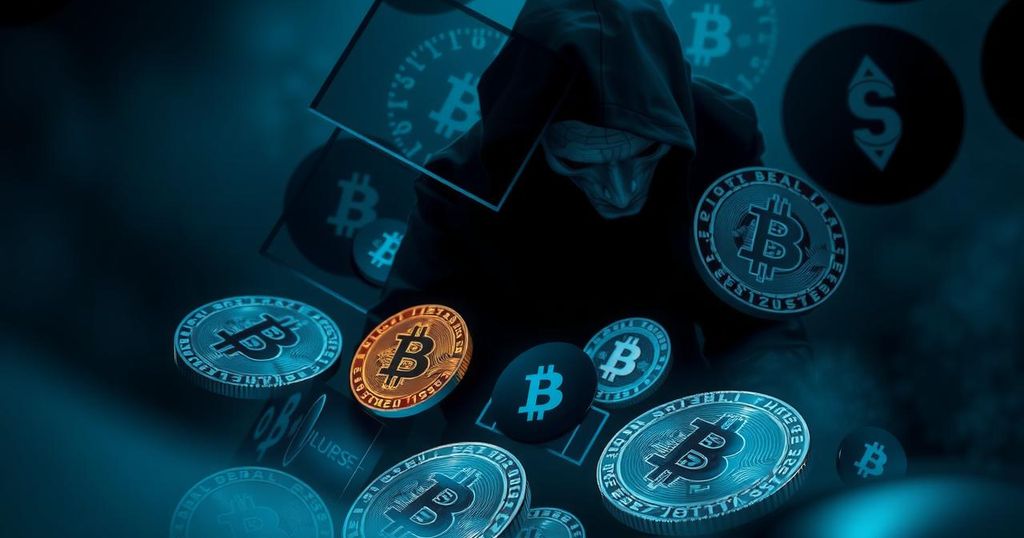Understanding Trump’s Controversial Crypto Reserve Plan
Trump’s crypto reserve plan aims to create a national stockpile of cryptocurrencies, facing sharp criticism over the use of taxpayer money. The plan proposes purchasing 200,000 Bitcoin annually, raising risks and uncertainties in the marketplace. Prices of cryptocurrencies have fluctuated significantly since the announcement, reflecting investor concern and skepticism about its viability.
Former President Trump has proposed a controversial national crypto reserve plan aiming to stockpile cryptocurrencies using taxpayer money. Following the announcement, digital token prices saw significant fluctuations—with Bitcoin pricing dropping sharply from $83,800 within a day, reflecting investor skepticism. Trump’s initiative raises numerous questions about its execution and associated risks.
The envisioned reserve entails the government holding a Bitcoin cache, potentially built from about $17 billion previously seized from criminals. Trump envisions purchasing around 200,000 Bitcoin annually over the next five years, amounting to a staggering $90 billion expenditure, funded partly by withdrawing from the Federal Reserve’s surplus, thereby impacting the Treasury.
However, the proposition faces backlash. Critics, including financier Joe Lonsdale, argue that expecting taxpayers to finance such a scheme is unjustified. Observers worry that the plan could benefit insiders at taxpayers’ expense, while uncertainty looms over whether Trump might pursue this unilaterally amid Republican divisions on the matter.
In summary, Trump’s national crypto reserve plan has sparked significant debate, highlighting the volatility of the crypto market and potential risks involved in using taxpayer money for such endeavors. As the plan unfolds, it raises questions about its feasibility, funding, and the implications for taxpayers and investors alike.
Original Source: www.nytimes.com




Post Comment